Rising Cybersecurity Threats
The Web Application Firewall Market is experiencing heightened demand due to the increasing frequency and sophistication of cyber threats. Organizations are facing a surge in attacks such as SQL injection, cross-site scripting, and DDoS attacks. According to recent data, the number of reported cyber incidents has escalated, prompting businesses to invest in robust security measures. This trend indicates a growing recognition of the necessity for web application firewalls as a critical component of cybersecurity strategies. As organizations strive to protect sensitive data and maintain customer trust, the Web Application Firewall Market is likely to see sustained growth, driven by the urgent need for enhanced security solutions.
Regulatory Compliance Requirements
The Web Application Firewall Market is significantly influenced by the increasing regulatory compliance requirements imposed on organizations. Regulations such as GDPR, PCI DSS, and HIPAA necessitate stringent security measures to protect sensitive information. Non-compliance can result in severe penalties and reputational damage, compelling businesses to adopt web application firewalls as a means of ensuring compliance. The market is projected to expand as organizations prioritize investments in security solutions that align with regulatory standards. This trend underscores the importance of web application firewalls in safeguarding data and maintaining compliance, thereby driving growth in the Web Application Firewall Market.
Increased Awareness of Cybersecurity
The Web Application Firewall Market is experiencing growth driven by the increasing awareness of cybersecurity among businesses and consumers. As high-profile data breaches make headlines, organizations are becoming more proactive in addressing security vulnerabilities. This heightened awareness is leading to greater investments in security solutions, including web application firewalls. Companies are recognizing that a robust security posture is not only essential for protecting sensitive information but also for maintaining customer trust and brand reputation. Consequently, the Web Application Firewall Market is likely to see continued expansion as organizations prioritize cybersecurity initiatives in response to evolving threats.
Integration of Advanced Technologies
The Web Application Firewall Market is evolving with the integration of advanced technologies such as artificial intelligence and machine learning. These technologies enhance the capabilities of web application firewalls by enabling real-time threat detection and automated response mechanisms. As cyber threats become more sophisticated, traditional security measures may fall short, making the adoption of intelligent firewalls increasingly attractive. The market is likely to witness a shift towards solutions that leverage these technologies, as organizations seek to bolster their defenses against emerging threats. This trend indicates a transformative phase for the Web Application Firewall Market, characterized by innovation and enhanced security measures.
Growth of E-Commerce and Online Services
The Web Application Firewall Market is benefiting from the rapid expansion of e-commerce and online services. As more businesses transition to digital platforms, the need for secure web applications becomes paramount. The e-commerce sector alone has witnessed exponential growth, with online sales projected to reach trillions in the coming years. This surge in online transactions increases the vulnerability of web applications to cyber threats, thereby amplifying the demand for web application firewalls. Organizations are increasingly recognizing that investing in these security solutions is essential to protect customer data and ensure seamless online experiences, further propelling the Web Application Firewall Market.
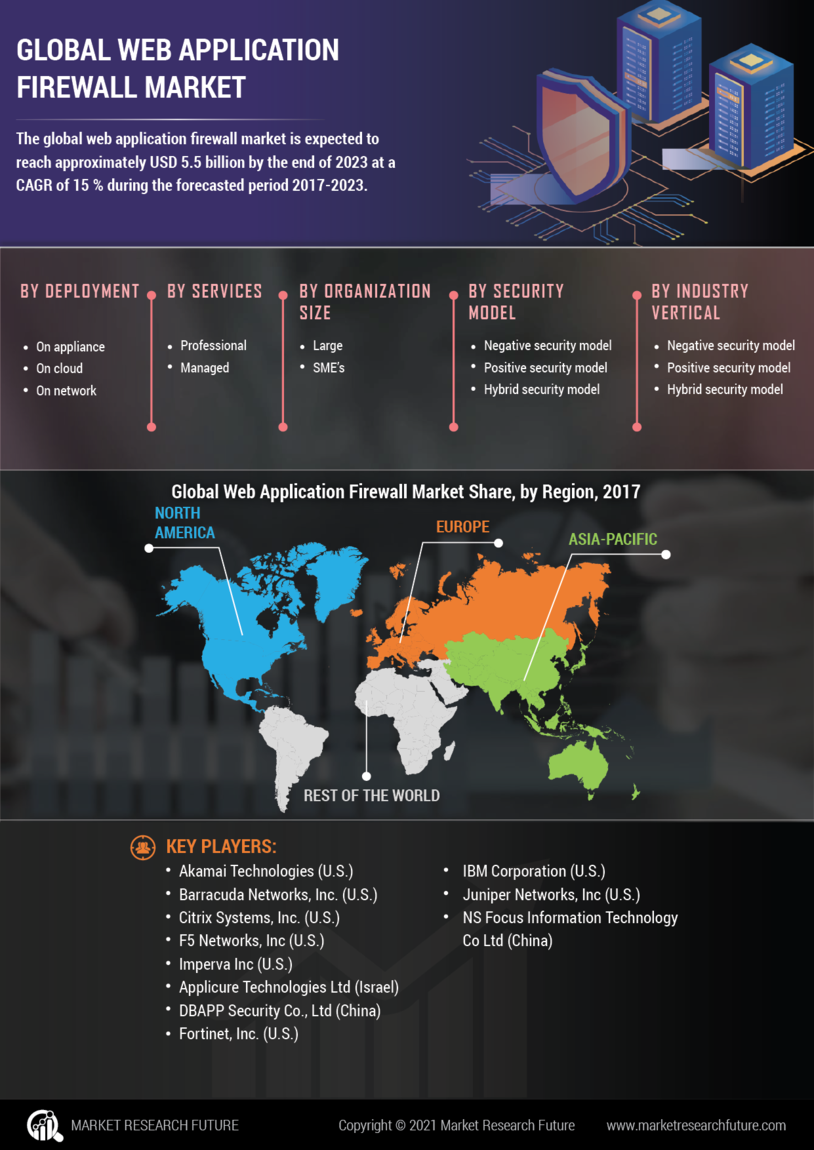


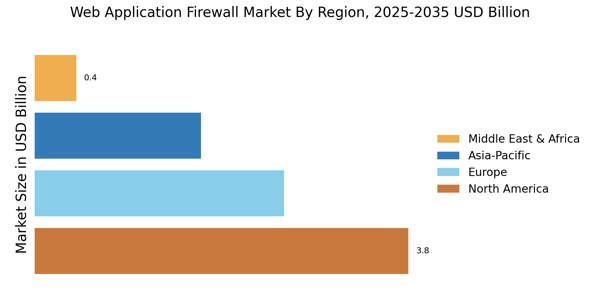
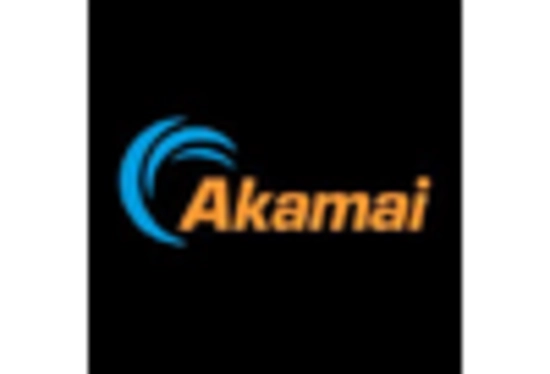
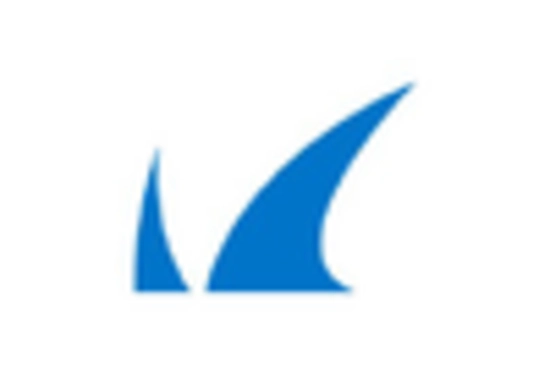
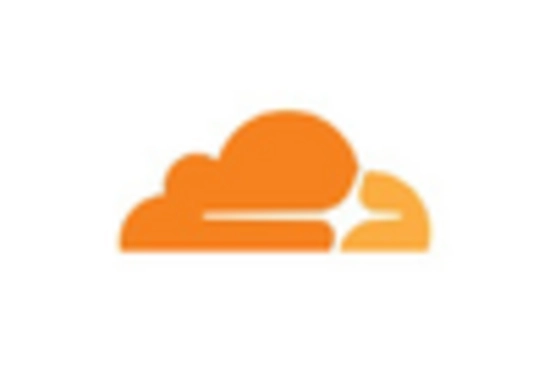
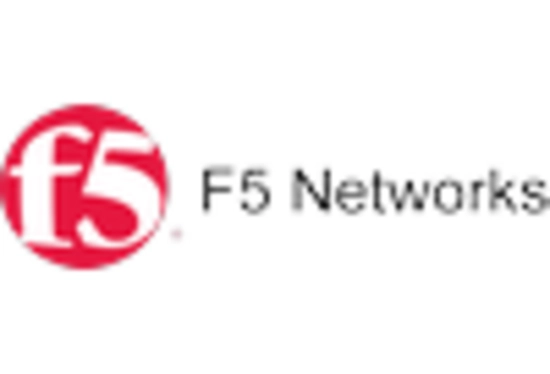
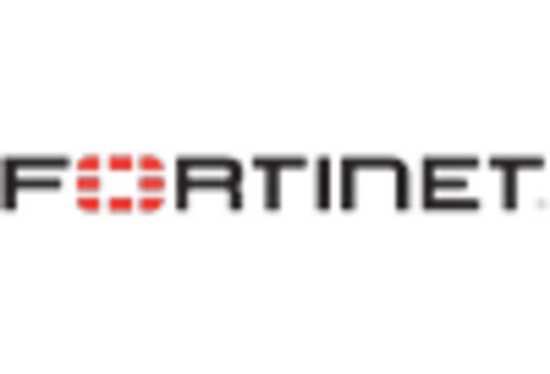









Leave a Comment